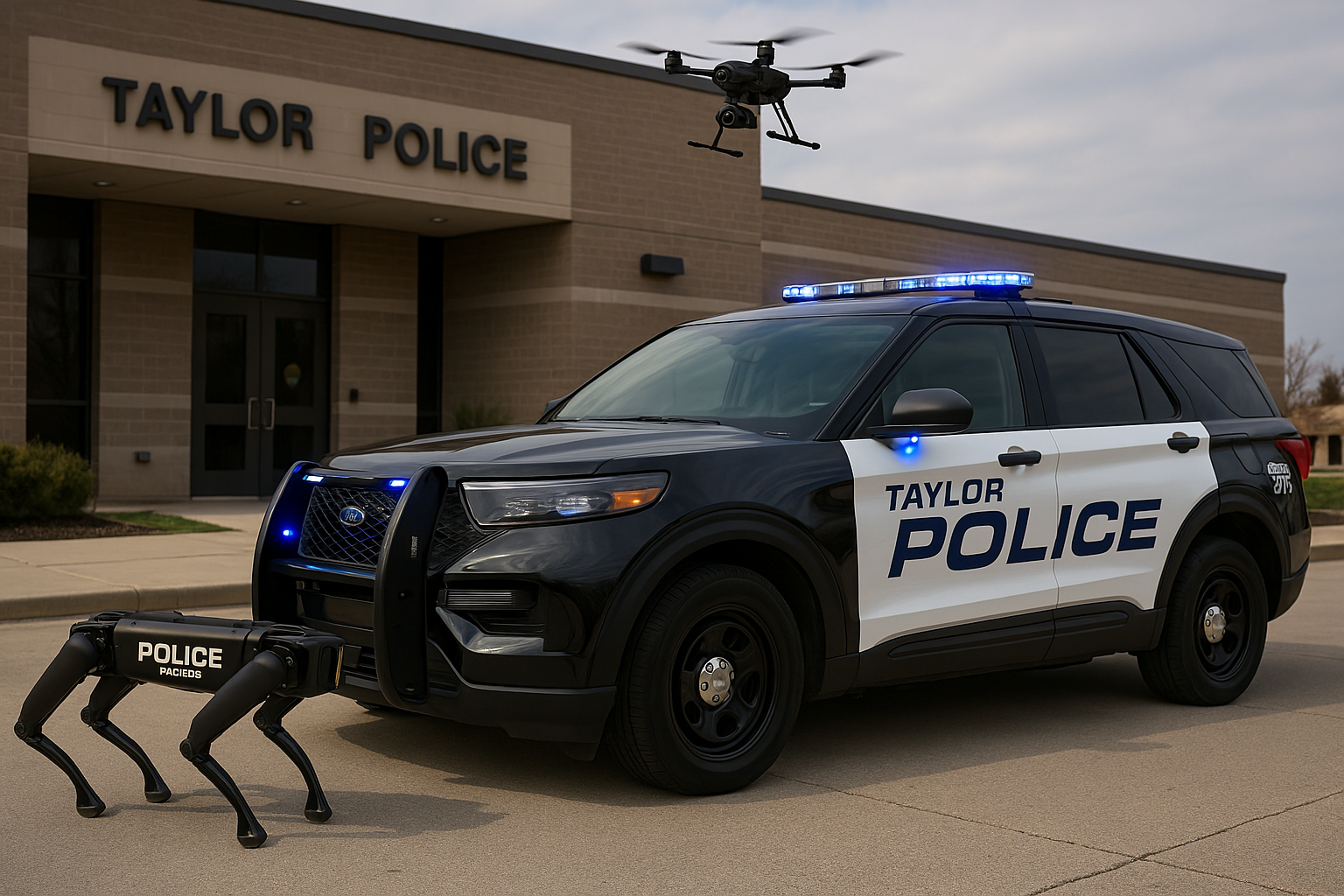Category: Police
Police forces operate at the intersection of law, power, and public trust—shaping how artificial intelligence and robotics are deployed, regulated, and experienced in civic life. This section profiles law enforcement agencies, units, and actors whose roles influence surveillance, accountability, and the symbolic choreography of safety.
Each entry offers insight into a department’s structure, policies, controversies, and community relationships. Whether exploring predictive policing, robotic K-9 units, or AI-assisted investigations, these profiles examine how enforcement technologies reflect deeper questions of justice, bias, and systemic design.
A police force is not just a public institution—it’s a mirror of civic values, a site of ethical tension, and a signal of how we utilize our intelligence to protect, control, or transform.
-

Taylor Police Department in Michigan: Pioneering AI and Robotics in Policing
In Taylor, Michigan, the police department is harnessing cutting-edge artificial intelligence (AI) and robotics to transform its law enforcement operations. This suburban Detroit community’s officers have become early adopters of technologies like autonomous drones, AI-powered “robot dogs,” and automated license plate recognition systems – tools that many larger agencies are only beginning to explore. Taylor…
